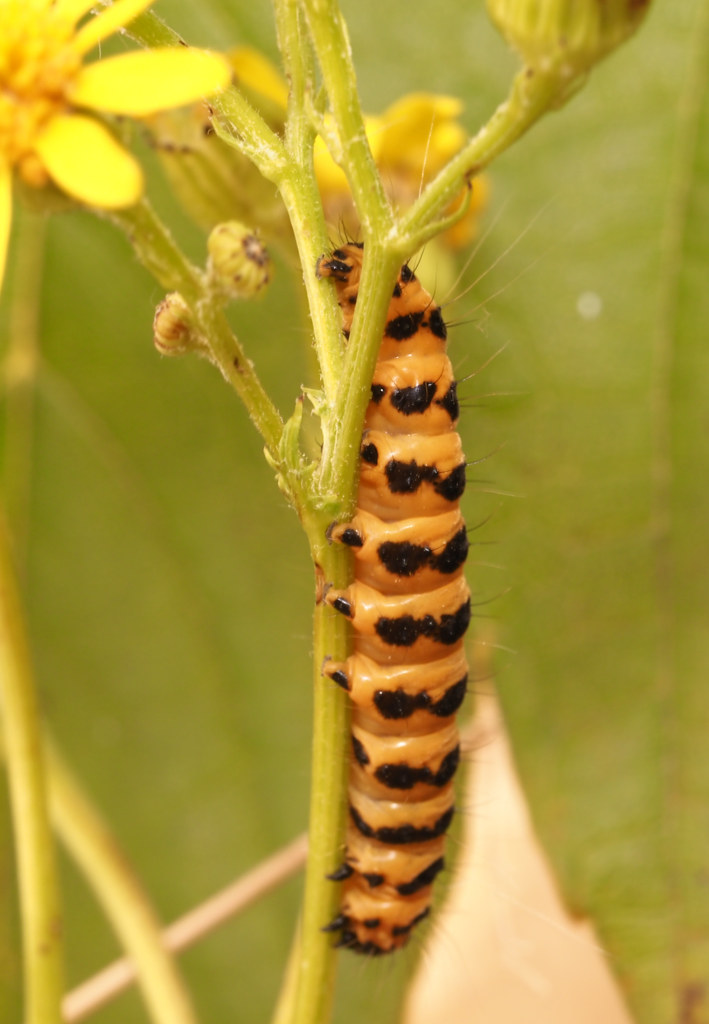#Tyria jacobaeae
Text

Cinnabar moth
A poisonous moth? Yes. The cinnabar moth (Tyria jacobaeae), found in Europe and Asia, has wings decorated with bright-red patches that scream, "Do not eat!"
(Image credit: Roger Tidman)
394 notes
·
View notes
Text
Moth of the Week
Cinnabar Moth
Tyria jacobaeae

The cinnabar moth is part of the Erebidae family, one of the largest moth families. It is named after the mineral cinnabar, which is a similar bright red to the moth’s red & black wings. This species was first described in 1758 by Carl Linnaeus and can be seen flying during the day and night.
Description Cinnabar moths usually have black forewings with red patterns and red hindwings with a black border. However on rare occasions, the red is replaced with yellow, or the forewings are red with a black border or fully black. These colors tell potential predators that the cinnabar moth is unpalatable, or has a unpleasant bitter taste.
Average wingspan of 37 mm (≈1.5 in)
Diet and Habitat These moths are native to Europe, eastern and central Asia, Siberia, and China. This species feeds on plants in the Senecio genus, especially ragwort. This plant is the reason why cinnabar moths do not taste good to predators since the caterpillars absorb bitter substances from the ragwort’s leaves. This plant is also why the cinnabar moth was brought to New Zealand, Australia, and North America since ragwort is an invasive plant species.
Mating Mating season for cinnabar moths is in early August. Female moths can lay up to 300 eggs on the underside of ragwort leaves in batches of 30 to 60 eggs.
Predators Most predators avoid cinnabar moths and larvae, except for various species of the cuckoo bird. Cinnabar moths have few predators because are a bright red, signaling to predators that they are unpalatable, or have a unpleasant bitter taste.
Fun Fact (CW: cannibalism) If and when the cinnabar caterpillars run out of leaves to eat on the ragwort plant, they will turn to cannibalism and eat each other for survival.
(Source: Wikipedia, Buglife)
#animals#bugs#facts#insects#libraryofmoths#mothoftheweek#moth#cinnabar moth#Lepidoptera#Erebidae#Tyria jacobaeae#TW: cannibalism#CW: cannibalism
50 notes
·
View notes
Text




Ferocius violins strike when you bruise
War paint of cinnabar moth wings chant vengence
Your heart riding on battlefields
for whoever hurts you deserves nothing
not even to live
#ratonhnhaké:ton#connor ac3#connor kenway#ac3#assassin's creed 3#my words#ACIII#Assassin's Creed III#ac3 gif#connor ac3 gifs#my ac3 gifs#haytham kenway#mywords#poems for him#poems on tumblr#don't mess with my bae ù_u#(check out cinnabar moths - they are truly incredible *-* )#Tyria jacobaeae
18 notes
·
View notes
Text
Top 5 Insects I’ve Seen - #3 – The Cinnabar Moth (Tyria jacobaeae)
The #3 #Insect I've seen in the #UK is the #Cinnabar #Moth. Fabulously #stylish things, #gorgeous chubby tiger striped #caterpillars. #Moths are often less well regarded than #butterflies. The cinnabar shows this wrong! #InsectWeek22 #InsectWeek #Nature
My first sighting of the adult, moth form, of Tyria jacobaeae – The cinnabar moth. Named after the red pigment. It’s really something. Easily one of the UK’s most beautiful moths, but it’s more than just beautiful! (Credit: Me)
I hadn’t actually seen one of these until only a couple of months ago. Not their adult, flying form anyway. But when you see this beautiful vamp spread its wings it truly…

View On WordPress
#black#bugs#caterpillar#cinnabar#entomology#insect#insects#insectweek#jacobaeae#moth#moths#Nature#tyria#wasp#week#wildlife
2 notes
·
View notes
Video
Caterpillar: Tyria jacobaeae by pete beard
Via Flickr:
Cinnabar on Ragwort. My first use of the Nissin i40 flash unit. Excellent 2nd hand buy!!
0 notes
Text

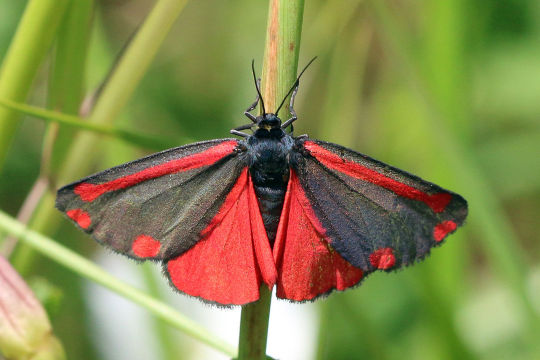
Cinnabar Moth (Tyria jacobaeae), family Erebidae, Oxfordshire, UK
Diurnal moth.
photograph by Charles J. Sharp
196 notes
·
View notes
Note
cinnabar moth??
Moth Of The Day #43
Cinnabar Moth
Tyria jacobaeae
From the erebidae family. They have a wingspan of 32-46mm. They tend to occupy grassy habitats. It can be found throughout Europe, as well as Western and Central Asia. It has also been introduced to Oceania and North America.


#moth#moths#lepidoptera#lepidopterology#pretty moth#moth of the day#nature#insect#bugs#motd#erebidae moth#erebidae
174 notes
·
View notes
Text
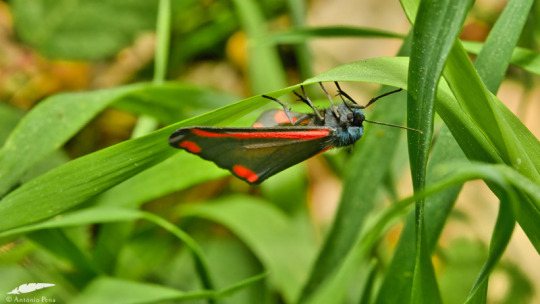
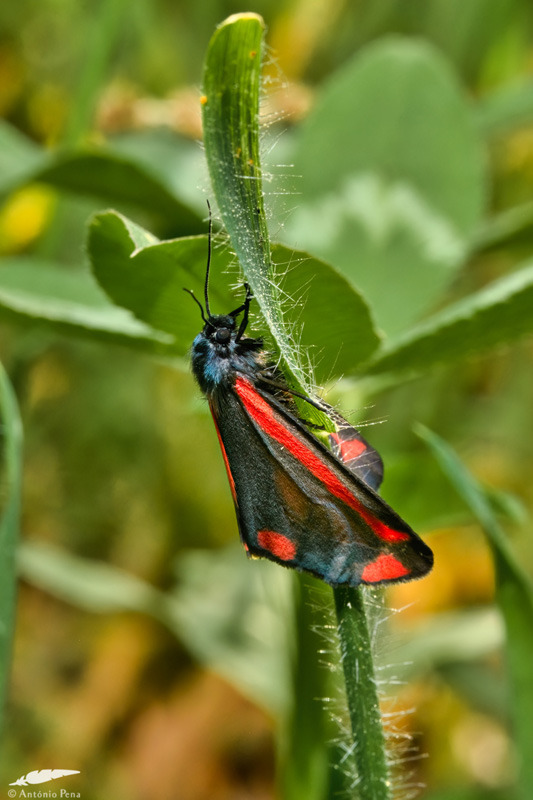
Cinnabar Moth (Tyria jacobaeae)
Alcochete/Portugal (18/04/2024)
[Nikon D850; AF 105mm Micro-Nikkor F2,8 with Flash Nissin Di 700A; 1/250s; F25; 400 ISO]
8 notes
·
View notes
Text
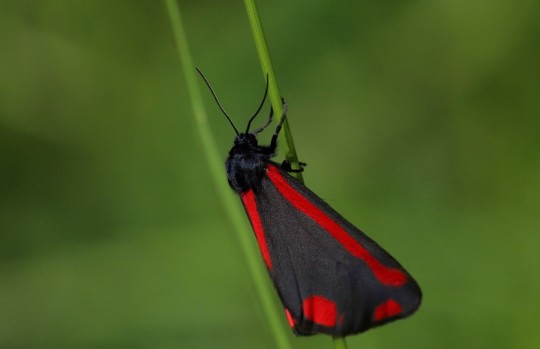
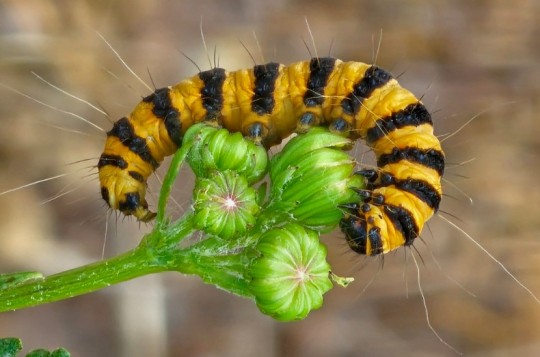
Cinnabar Moth (Tyria jacobaeae)
Family: Underwing Family (Erebidae)
IUCN Conservation Status: Unassessed
Native to northern Asia and Europe, Cinnabar Moths begin their lives as caterpillars feeding almost exclusively on Common Ragwort (a species of plant containing foul-tasting defensive alkaloid chemicals in its tissues that deter most herbivorous insects and are mildly poisonous to many mammals and birds.) In addition to being immune to the effects of the ragwort's chemicals, the caterpillars of this species are able to incorporate them into their own tissues, gradually becoming toxic themselves as they feed in order to ward off most would-be predators; this acquired toxicity, combined with their striking yellow-and-black warning colouration and the rigid hair-like structures (called setae) that line their bodies and allow them to cause itchy rashes on contact by forcing toxins into the tissues of larger animals that touch them, mean that only a small number of highly specialised predators (such as certain species of ants) pose a threat to them, and as such in areas with large populations of Cinnabar Moth caterpillars it is not uncommon for the main cause of death among the larvae to be starvation as they are able to spread between ragwort plants freely and quickly strip an area of food. Developing throughout the summer, individuals that manage to reach a suitable size and age to undergo metamorphosis burrow underground where they spend the winter as pupae, emerging in the following spring as winged, nectar-drinking adults and breeding throughout the spring and summer, with females laying their eggs on the underside of ragwort leaves. Unlike most moths adult Cinnabar Moths are active during the day, and though less toxic than they once were they retain enough toxins from their larval stage to give them an unpleasant bitter taste, with the beautiful red markings on their otherwise jet-black bodies warning would-be predators of this.
--------------------------------------------------------------------------
Image Source: https://www.inaturalist.org/taxa/51781-Tyria-jacobaeae
#Cinnabar moth#moth#moths#zoology#biology#animal#animals#insect#insects#wildlife#Asian wildlife#European Wildlife#Lepidopterology#entomology
40 notes
·
View notes
Text


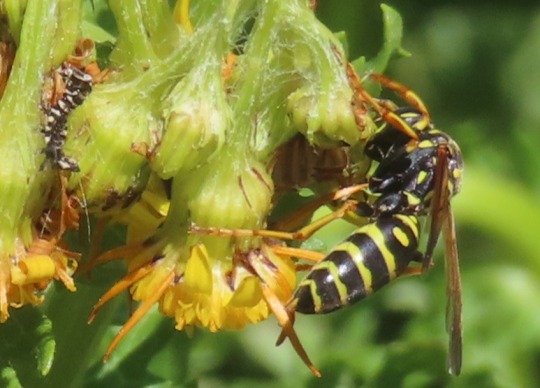

.
Though I'd like to know what kind of wasp this is it's not really the big question of the day. The plant is Tansy Ragwort (Senecio jacobaea) and it is poisonous to everything except the Cinnabar Moth (Tyria jacobaeae) that makes itself poisonous to predators like the wasp as a form of self defense. All three are seen here together
So WTF is the wasp doing here. There was a parade of wasps coming and going from this plant. They would land near the bottom work their way up through the plant and fly home. They shouldn't be hunting the poisonous moth larve. They shouldn't be collecting the poisonous plant to chew for building material. My only guess for what might be happening is that the Cinnabar Moth is pooping +/- clear of poison cellulose and the wasps are gathering Moth Poop for nest building material and it is just a guess.
.
@jupiterswasphouse
.
27 notes
·
View notes
Text


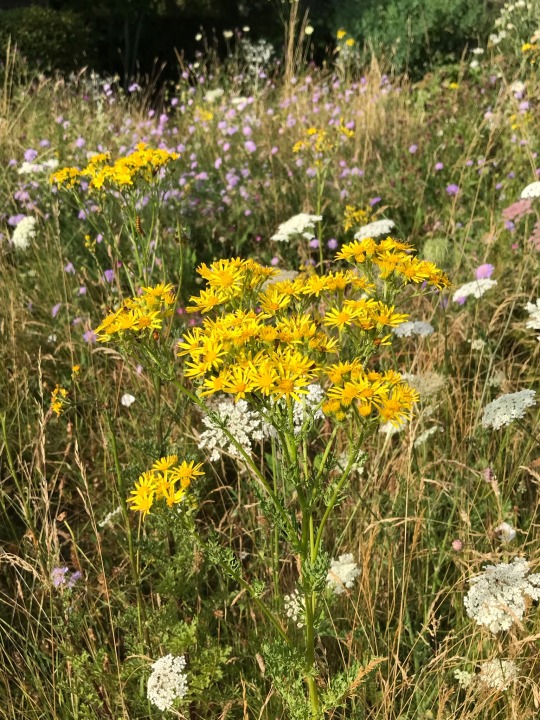
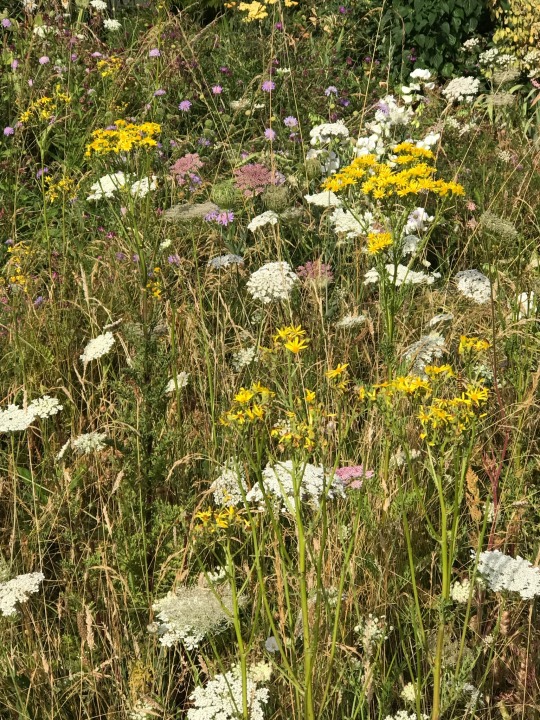
Plant of the Day
Thursday 21 July 2022
Though Senecio jacobaea (ragwort) is often considered a 'weed' of paddocks and can be harmful to livestock it is highly attractive to bees and other insects, including the Tyria jacobaeae (cinnabar moth). The smart black-and-red cinnabar moth has a black-and yellow-barred caterpillar which sometimes eats all the foliage of this biennial wildflower plant.
Jill Raggett
#senecio#ragwort#wildflower#toxic#yellowflowers#pollinatorfriendly#Tyria#cinnabarmoth#caterpillar#biennial#plants#writtledesign#meadow#gardens#horticulture#essex#garden
157 notes
·
View notes
Text
Faeries
There are two societies of faeries in Kythera. The dark faeries, created by Calliope, and the light faeries, created by Arcadia. They are actually supposed to be a single people, but their monarchs, the light faerie king Danaus and the dark faerie queen Tyria, have a very tumultuous relationship. There are times when the faerie monarchs are very much in love, and all the faeries are united, and other times when they are not speaking to each other, and the faeries are instructed to stay in their separate kingdoms (though they don’t always follow those orders).

Faeries can come in many different forms. Some are small and animal like, and others have a more humanoid appearance. Though there are some similarities between all of them. They all have wings that are similar to those of butterflies or moths, and all of them, even the more humanoid ones, have fur. The faerie monarchs are the largest of all the faeries, with Tyria standing at 10 feet tall.
Every faerie has a special gemstone, which serves as the source of their power and immortality. As long as their gemstone is whole, they need not eat, sleep or even breathe like mortals do. The faeries gemstones are all unique. Danaus’ gemstone brims with bright sunlight, while Tyria’s is a void of blackness. If a faeries gem is shattered, which is very rare, they lose their powers and become mortal, and eventually age and die.
Danaus' design is based on the monarch butterfly (Danaus plexippus) and Tyria's is based off the cinnabar moth (Tyria jacobaeae).
8 notes
·
View notes
Text
MOTH ROUNDUP!
Superfamily Bombycoidea!
Thatcher Davis- Luna Moth (Actias Luna) Family Saturniidae
Ruth Weaver- Polyphemus Moth (Antheraea Polytheumus) Family Saturniidae
Adam Murray- Io Moth (Automeris Io) Family Saturniidae
N- Bog Buck Moth (Hemileuca Maia Menyanthevora) Family Saturniidae
Gabriel- Death’s Head Hawkmoth (Acherontia Lachesis) Family Sphingidae
Superfamily Noctuoidea!
The Intruder/Six- Black Rustic Moth (Aporophyla Nigra) Family Noctuidae
Mark Heathcliff- Hebrew Character Moth (Orthosia Gothica) Family Noctuidae
Sarah Heathcliff- Transparent Quaker Moth (Orthosia Transparens) Family Noctuidae
Evelin Miller- Beautiful Wood Nymph Moth (Eudryas Grata) Family Noctuidae
Dave Lee- Devil’s eye moth/Demon Eye (Erebus Ephesperis) Family Noctuidae
The Preacher- Clymeme Moth (Haploa Clymeme) Family Erebidae
Cesar Torres- Cinnabar Moth (Tyria Jacobaeae) Family Erebidae
Superfamily Zygaenoidea!
Jonah Marshall- Southern Flannel Moth (Megalopyge Opercularis) Family Megalopygidae
Mervin Marshall- Black-Waved Flannel Moth (Megalopyge Crispata) Family Megalopygidae
Superfamily Geometroidea!
Lynn Murray- Swallow-tailed Moth (Ourapteryx sambucaria) Family Geometridae
Verity Okawa- False Tiger Moth (Dysphania Militaris) Family Geometridae
Superfamily Pyraloidea!
Jude Murray- Greater Wax Moth (Galleria mellonella) Family Pyralidae
#tmc moth au#Mothdela Thatcher#Mothdela Ruth#Mothdela Adam#Mothdela N#Mothdela Gabriel#Mothdela Six#Mothdela Mark#Mothdela Sarah#Mothdela Evelin#Mothdela Dave#Mothdela Preacher#Mothdela Cesar#Mothdela Jonah#Mothdela Mervin#Mothdela Lynn
6 notes
·
View notes
Photo
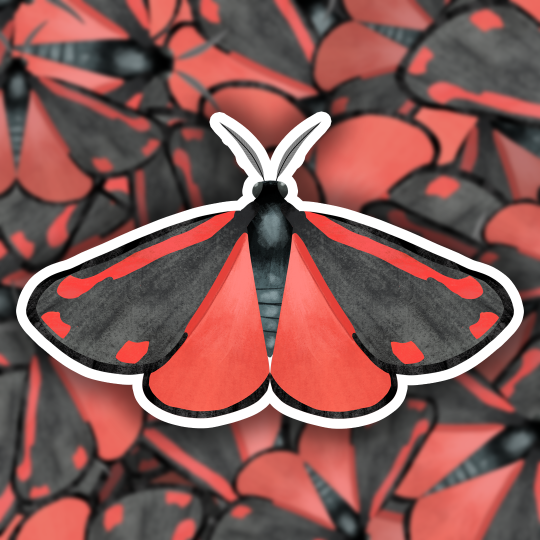
Tyria jacobaeae- Cinnabar moth, a brightly coloured moth, often confused with a butterfly as it flys during the day.
Available to buy as stickers and magnets on my Redbubble now!
-Moodle 💜
#redbubble#moodleoodle#moodleoodledesign#art#digital art#insects#bugs#frogs#lgbtq#cottagecore#acnh#small business#entomology#moth#butterfly#toad#cinnabar moth
23 notes
·
View notes
Text
Back on my hyperfixation shenanigans so I have not slept and here's a list of what I consider to be the prettiest beetles, butterflies and moths, damselflies, and grasshoppers and crickets that inhabit Colorado and Kentucky according to insectidentification.org :
COLORADO
Emerald ash borer (Agrilus planipennis)
Fifteen-spotted lady beetle (Anatis labiculata)
Golden tortoise beetle (Charidotella sexpunctata)
Knapweed root weevil (Cyphocleonus achates)
Longhorn beetle (Semanotus amethystinus)
Dogbane Leaf Beetle (Chrysochus auratus)
European Ground Beetle (Carabus nemoralis)
Golden Net-wing Beetle (Dictyoptera aurora)?
Margined Blister Beetle (Epicauta funebris)
May Beetle - P. lanceolata (Phyllophaga lanceolata)
Mottled Tortoise Beetle (Deloyala guttata)
Pleasing Fungus Beetle (Gibbifer californicus)
Poplar Borer Beetle (Saperda calcarata)
Shining Leaf Chafer - Anomala spp. (Anomala spp.)
Signate Lady Beetle (Hyperaspis signata)
American Lappet Moth (Phyllodesma americana)
Cinnabar Moth (Tyria jacobaeae)
Common Checkered-Skipper (Pyrgus communis)
Glover's Silkmoth (Hyalophora columbia gloveri)
Great Ash Sphinx Moth (Sphinx chersis)
Autumn Meadowhawk (Sympetrum vicinum)
Black Saddlebags Skimmer (Tramea lacerata)
Bird Grasshopper (Schistocerca spp.)
Obscure Bird Grasshopper (Schistocerca obscura)
Sooty Longwing Katydid (Capnobotes fulginosus)
KENTUCKY
Andrew's Snail-eating Beetle (Scaphinotus andrewsii)
Black Firefly (Lucidota atra)
Calligrapha Beetle (Calligrapha spp)
Eastern Hercules Beetle (Dynastes tityus)
Emerald Euphoria Beetle (Euphoria fulgida)
Glowworm (Phengodes spp.)
Goldsmith Beetle (Cotalpa lanigera)
Metallic Wood-boring Beetle: Chalcophora (Chalcophora fortis)
Notched-mouth Ground Beetle (Dicaelus purpuratus)
One-spotted Tiger Beetle (Apterodela unipuncata)
Rainbow Darkling Beetle (Tarpela micans)
Rainbow Scarab Beetle (Phanaeus vindex)
Six-spotted Tiger Beetle (Cicindela sexguttata)
Southern Sculptured Pine Borer Beetle (Chalcophora georgiana)
Stag Beetle (Lucanus capreolus)
Twice-stabbed Lady Beetle (Chilocorus stigma)
Vietinghoff's Ground Beetle (Carabus vietinghoffii)
Abbott's Sphinx Moth (Sphecodina abbottii)
American Ermine Moth (Yponomeuta multipunctella)
Arched Hooktip (Drepana arcuata)
American Bird's-Wing Moth (Dypterygia rozmani)
Arcigera Flower Moth (Schinia arcigera)
Attentive Crocus Moth (Xanthotype attenuaria)
Basswood Leafroller (Pantographa limata)
Beautiful Wood-Nymph (Eudryas grata)
Black-waved Flannel Moth (Megalopyge crispata)
Blackberry Looper (Chlorochlamys chloroleucaria
Blinded Sphinx Moth (Paonias excaecata)
Bluish Spring Moth (Lomographa semiclarata
Buck Moth (Hemileuca maia)
Carmine Snout Moth (Peoria approximella)
Carrot Seed Moth (Sitochroa palealis)
Cecropia Silk Moth (Hyalophora cecropia)
Changeable Grass-Veneer (Fissicrambus mutabilis)
Colorful Zale (Zale minerea)
Common Lytrosis Moth (Lytrosis unitaria)
Confused Eusarca (Eusarca confusaria)
Cross-lined Wave (Timandra amaturaria)
Curve-toothed Geometer (Eutrapela clemataria)
Dark-banded Geometer (Ecliptopera atricolorata)
Deep Yellow Euchlaena (Euchlaena amoenaria)
Diaphania costata (Diaphania costata
Dimorphic Macalla (Epipaschia superatalis)
Dot-lined White (Artace cribrarius)
Dotted Gray (Glena cribrataria)
Drab Prominent (Misogada unicolor)
Eight-spotted Forester Moth (Alypia octomaculata)
Elder Shoot Borer (Achatodes zeae)
Explicit Arches (Lacinipolia explicata)
Eyed Paectes Moth (Paectes oculatrix)
Falcate Orangetip (Anthocharis midea) (female)
Fall Webworm (Hyphantria cunea)
False Crocus Geometer (Xanthotype urticaria
Fervid Plagodis (Plagodis fervidaria)
Fig Sphinx (Pachylia ficus)
Friendly Probole Moth (Probole amicaria)
Giant Leopard Moth (Hypercompe scribonia)
Goldcap Moss-eater Moth (Epimartyria auricrinella)
Gray-edged Hypena (Hypena madefactalis)
Green Arches (Anaplectoides prasina)
Hag Moth (Phobetron pithecium
Hibiscus Leaf Caterpillar Moth (Rusicada privata)
Imperial Moth (Eacles imperialis)
Lesser Maple Spanworm Moth (Speranza pustularia
Luna Moth (Actias luna)
Melissa Blue Butterfly (Plebejus melissa spp.)
Modest Sphinx Moth (Pachysphinx modesta)
Morbid Owlet Moth (Chytolita morbidalis)
Orange-patched Smoky Moth (Pyromorpha dimidiata)
Pale Beauty (Campaea perlata)
Pale Lichen Moth (Crambidia pallida)
Pale Metarranthis (Metarranthis indeclinata)
Pandorus Sphinx Moth (Eumorpha pandorus)
Parthenice Tiger Moth (Apantesis parthenice)
Pearly Wood-Nymph Moth (Eudryas unio)
Pero Moth (Pero spp.)
Pink-patched Looper (Eosphoropteryx thyatyroides)
Pipevine Swallowtail (Battus philenor)
Pistachio Emerald Moth (Hethemia pistasciaria)
Plebeian Sphinx Moth (Paratrea plebeja) (Caterpillar)
Primrose Moth (Schinia florida)
Promiscuous Angle Moth (Macaria promiscuata)
Raspberry Pyrausta (Pyrausta signatalis)
Rustic Sphinx Moth (Manduca rustica)
Saddleback Caterpillar Moth (Acharia stimulea)
Saddled Yellowhorn (Colocasia flavicornis)
Salt-and-pepper Looper Moth (Syngrapha rectangula)
Satin Moth (Leucoma salicis)
Scarlet-winged Lichen Moth (Hypoprepia miniata)
Schlaeger's Fruitworm Moth (Antaeotricha schlaegeri)
Showy Emerald Moth (Dichorda iridaria)
Small Bird Dropping Moth (Ponometia erastrioides)
Snowy Urola (Urola nivalis)
Sorghum Webworm Moth (Nola cereella)
Southern Flannel Moth (Megalopyge opercularis)
Southern Longhorn Moth (Adela caeruleella)
Southern Pine Sphinx (Lapara coniferarum)
Southern Tussock Moth (Dasychira meridionalis)
The Badwing (Dyspteris abortivaria)
Unspotted Looper Moth (Allagrapha aerea)
Venerable Dart Moth (Agrotis venerabilis
Vine Sphinx Moth (Eumorpha vitis)
Walnut Sphinx Moth (Amorpha juglandis)
Wavy-lined Emerald Moth (Synchlora aerata)
Western Grapeleaf Skeletonizer Moth (Harrisina metallica)
White Flannel Moth (Norape ovina)
White Slant-line Moth (Tetracis cachexiata)
White-fringed Emerald Moth (Nemoria mimosaria)
Yucca Moth (Tegeticula, Greya, and Prodoxus spp.)
Carolina Locust (Dissosteira carolina)
Eastern Shieldback Katydid (Atlanticus spp.)
Slender Meadow Katydid (Conocephalus fasciatus)
True Katydid (Pterophylla camellifolia)
Ebony Jewelwing (Calopteryx maculata)
Midland Clubtail (Gomphurus fraternus)
Red Saddlebags (Tramea onusta)
Seepage Dancer (Argia bipunctulata)
5 notes
·
View notes
Text
i forgot to upload these pics from my recovered camera that had been stolen from me some years ago~
most of these are from discovery park in seattle~

A Cinnabar Moth~ Tyria jacobaeae
Nonnative to the state of Washington, these were apparently introduced as a biological control agent against a noxious weed called exostic tansy ragwort.
-



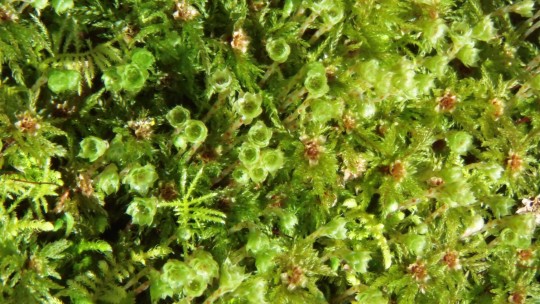
Some nice moss on a log~
-


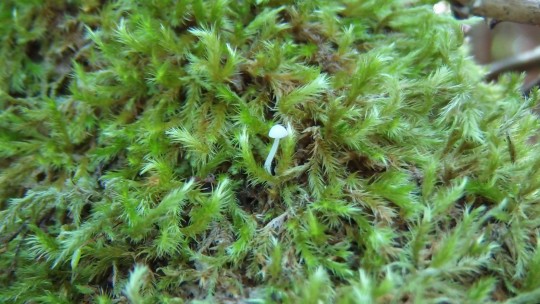
this lovely little mushroom amonsgt the moss with water droplets on it~
-
there's a few more, i'll make another post~
#my photography#amateur photography#nature#mushroom#moss#greenery#willofarts#willofart#ref#art ref#cinnabar moth#macrophotography
3 notes
·
View notes
